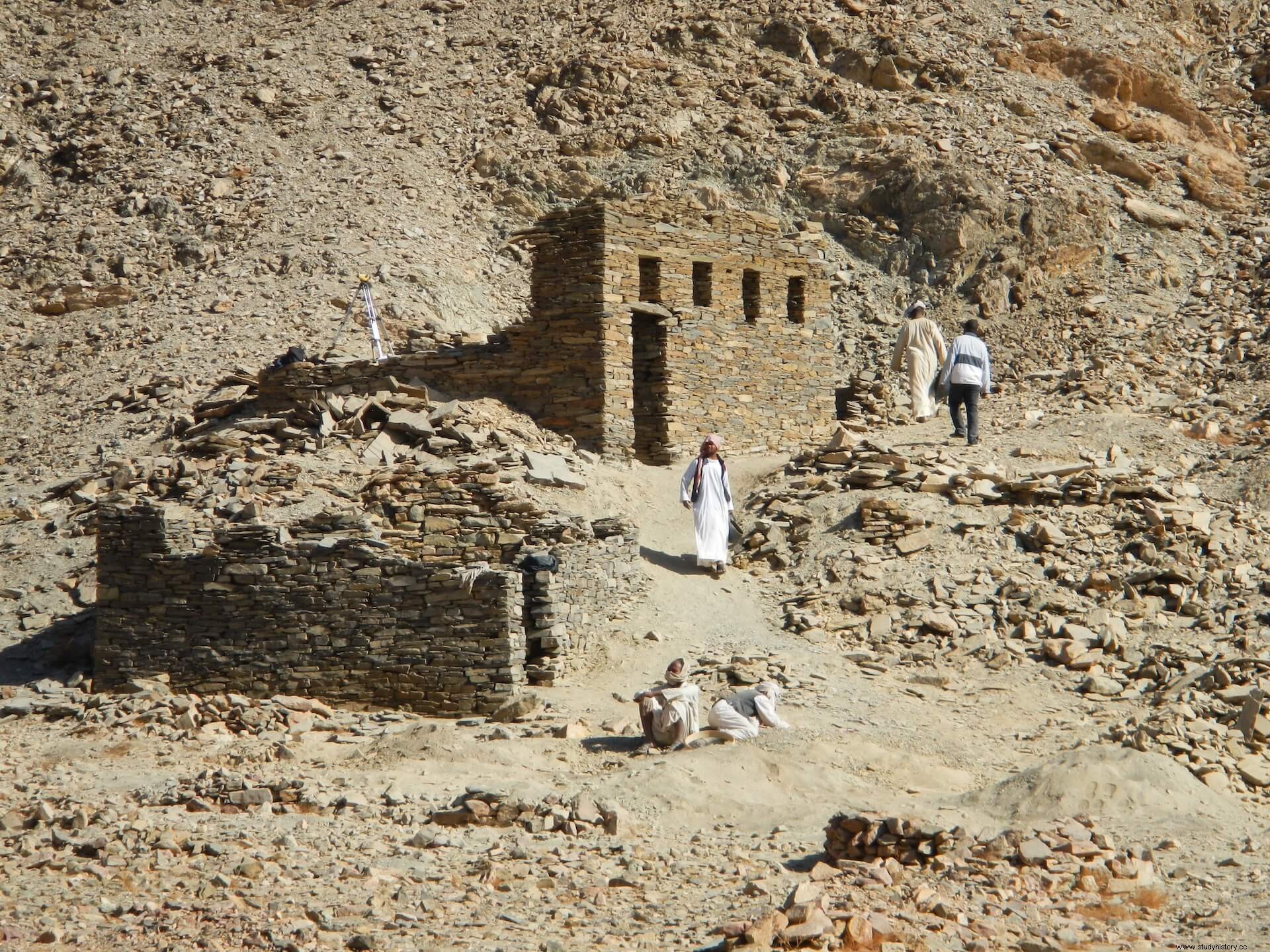Few gemstones have enjoyed as much popularity as the emerald, valued around the world. But one of the scientific challenges is to know which were the first mines in which their exploitation began. The scientific community has evidence that indicates that Upper Egypt it was the cradle of this activity, in mines such as those of Sikait-Zabara, very close to the port city of Berenice, in the Egyptian eastern desert. For this reason, in this area, the first archaeological intervention of the "Sikait Project" has recently been carried out, directed by Prof. Joan Oller Guzmán of the Autonomous University of Barcelona (UAB).
On this occasion, the work has focused on the Wadi Sikait Roman site (Red Sea Governorate), in order to study this territory known in ancient times as “Mons Smaragdus ”, the only area for obtaining beryllium mineral (in its green variant, better known as “emerald”) in the entire Roman Empire. Basically, the prospecting and excavation work carried out within the framework of the “Eastern Desert Survey Project”, directed by H.E. Sidebotham of the University of Delaware. It also has the collaboration of the Polish Center of Mediterranean Archeology and the realization of the project has been possible thanks to the economic contributions of the Palarq Foundation and the Autonomous University of Barcelona, as well as the excavation permits granted by the Supreme Council. of Antiquities of Egypt.
The interest of this first campaign has focused on the largest and best preserved of the settlements related to emerald mining:Wadi Sikait. There is evidence of its existence since the 19th century and various prospecting and excavation campaigns had been carried out there between 2000 and 2003. Now, the intervention in this settlement sought to delve into the knowledge of its characteristics, chronology and evolution. and, especially, in the forms of exploitation of the emerald mines in ancient times.

Thus, surveys were planned in three areas of interest:the "Large Temple", the "Administration Building" and the "Six Windows Building". In this way, some hypotheses about the characteristics and chronology of these three structures have been confirmed. For example, the existence of two clear phases:the High Imperial Roman period and the Late Antiquity period.
At the same time, the importance of the religious phenomenon in the settlement has been contrasted, confirming the possible sacred use of the so-called "Administration Building" and confirming the ritual richness associated with the main temple of the site, the "Large Temple", thanks to the abundant materials recovered in situ .
For its part, the excavation around the "Six Windows Building" has transformed the conception of the emerald extraction process in this type of settlement, with the identification of a mine mouth inside what had previously been considered a domestic.
With all these contributions, this excavation campaign has led to intense progress not only in the knowledge of the Wadi Sikait deposit, but in general in emerald mining in the Roman world .
